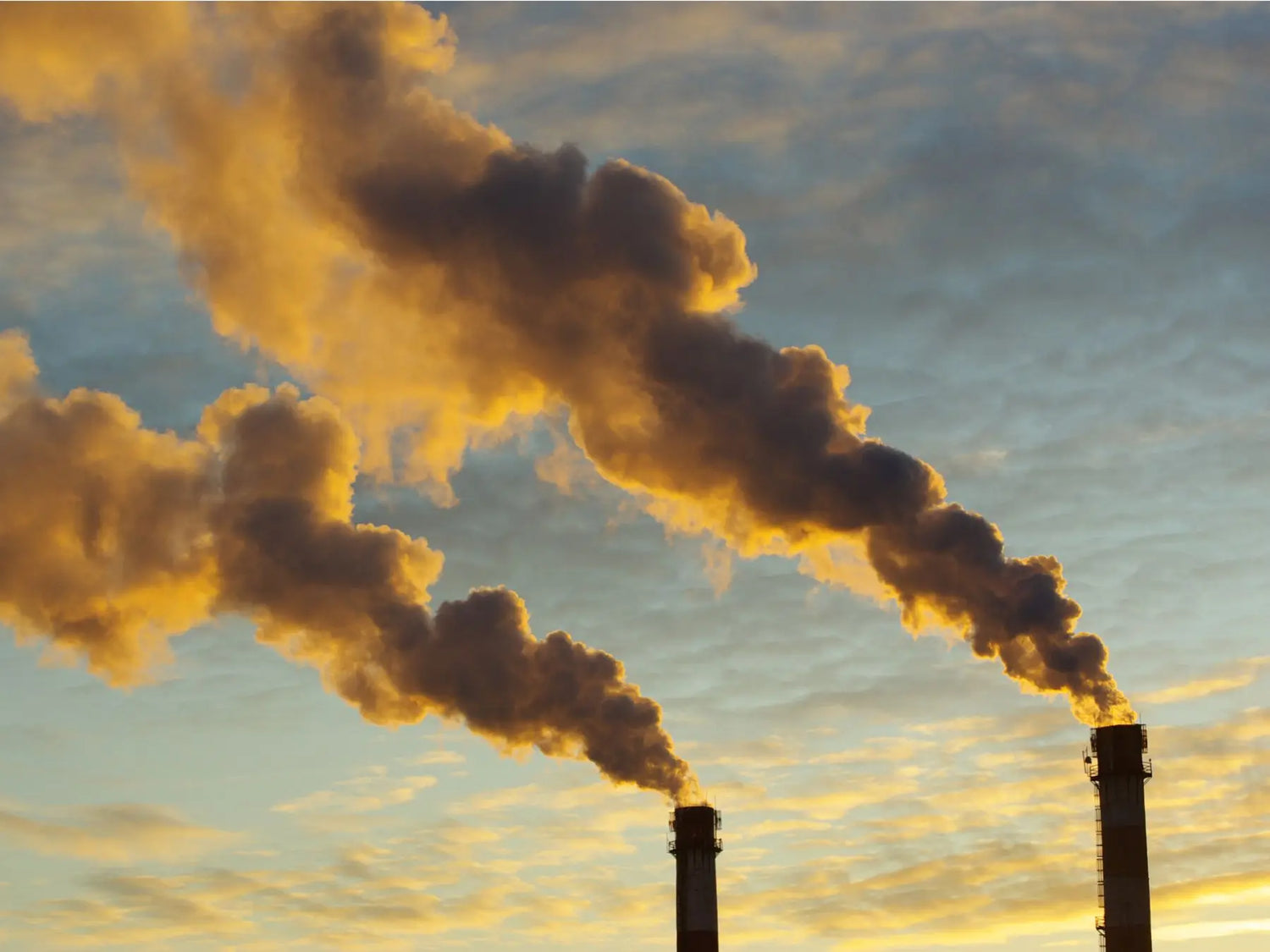1. Heat Waves and Pollution: A Deadly Duo
1.1 The Role of Heat in Boosting Pollutant Emissions
The increase in heat triggers a surge in air conditioning power usage in homes and vehicles, leading to heightened air pollution. Furthermore, climate change and prolonged warm periods result in higher production of plant-based allergens like pollens, adversely affecting individuals with respiratory conditions. Wildfires, another byproduct of heat, produce massive amounts of particles which, when transported by winds, can drastically worsen air pollution in populated areas1.
1.2 The Problem of Ultrafine Particles
Ultrafine particles, though small and lightweight, play a crucial role in air pollution. Despite their negligible contribution to the PM2.5 measurement, their presence in the air is significant. Yet, the lack of technology to accurately measure them has led to no regulation for these small but impactful particles1.
2. The Interplay of Heat Waves and Air Pollution on Public Health
Over the past three decades, there's been a worrying increase in the percentage of Americans diagnosed with asthma, with climate change playing a significant role in this trend. Currently, over 8% of Americans are living with asthma, with the number being even higher for children1. These statistics underline the urgent need for addressing the issue of heat-induced air pollution.
3. The Heat Wave Crisis in the U.S.
Extreme heat events have been the leading cause of weather-related deaths in the U.S. over the past ten years. They also significantly contribute to unhealthy air quality, particularly in the northeastern regions2.
3.1 How Climate Change is Worsening the Situation
Climate change predictions suggest an increase in the number of days with temperatures exceeding 90°F. Communities throughout Massachusetts, for example, are projected to experience 17 to 52 days of such heat each year by 20802. This rise in temperature is also linked with poor air quality, leading to more air quality alerts and exacerbating health issues.
4. Who is Exposed to Extreme Heat and Poor Air Quality?
People spending time in buildings without cooling systems, outdoor workers, those engaging in outdoor recreational activities, and individuals experiencing homelessness are all at risk for excessive heat exposure2. Moreover, during a heat event, these individuals are also exposed to increased levels of harmful air pollutants and aeroallergens.
5. The Health Impacts of Heat Waves and Poor Air Quality
Extreme heat can cause the body's temperature control mechanisms to fail, leading to a rise in core body temperature. This can result in a range of health effects, from discomfort and fatigue to heat stroke, heat exhaustion, cramps, edema, and even premature mortality2. Furthermore, extreme temperatures can exacerbate chronic conditions like respiratory, cardiovascular, and kidney diseases, as well as diabetes-related conditions.
6. Who is Vulnerable?
Identifying populations most vulnerable to the health burdens of climate change is crucial for developing state and local adaptation plans. Data reveals that older adults, children, non-white residents, and individuals with asthma are particularly vulnerable to extreme heat events and heat-related air quality hazards2.
7. Assessing Vulnerability to Climate Hazards
Climate vulnerability is a function of potential impacts from exposure to the climate hazard and sensitivity factors (like age, pre-existing health conditions, social disparities) that may increase health impacts2. Assessing these factors is crucial for planning actions to reduce health risks from extreme heat and poor air quality.
8. The Factors Influencing Vulnerability
Vulnerability to extreme heat and poor air quality is influenced by a range of factors, including sociodemographic factors, environmental factors, pre-existing health conditions, and infrastructure2. By considering these factors, communities can increase health equity and resilience to climate change impacts.
9. Strategies for Reducing Health Impacts
There are several strategies that communities can adopt to reduce the health impacts of extreme heat and poor air quality events. These include developing and implementing a heat response plan, identifying vulnerable populations and health issues, and raising awareness of heat and air pollution-related health risks2.
10. The Air We Breathe: How Air Quality is Affected
Air quality is predominantly affected by ground-level ozone and particulate matter. Ground level ozone forms when nitrogen oxides react with organic compounds in the presence of heat and sunlight, leading to various health problems3. On the other hand, particulate matter consists of solid and liquid particles including smoke, dust, and other aerosols, linked to numerous health issues3.
11. The Influence of Weather on Air Quality
The weather can have a significant impact on air quality since different aspects of the weather affect the amounts of ozone and particulates present in a specific area. Sunshine, rain, higher temperatures, wind speed, air turbulence, and mixing depths all influence pollutant concentrations3.
12. Staying Safe During Air Quality Alerts
During air quality alerts, there are several actions individuals can take to protect their health. These include staying informed about air quality conditions, choosing less-strenuous activities, rescheduling activities to cooler times of the day or to another day, and spending less time near busy roads3. There are also ways individuals can help reduce air pollution, such as eliminating tobacco smoke, reducing the use of wood stoves and fireplaces, and choosing energy-saving appliances3.
In conclusion, the escalating global temperatures are not only contributing to a rise in mortality but also aggravating air pollutants, thereby posing a serious threat to public health. As such, understanding the intricate relationship between heat waves, air pollution, and their subsequent health implications is crucial. By doing so, we can develop effective strategies to protect vulnerable populations and reduce the health impacts of extreme heat and poor air quality events.










